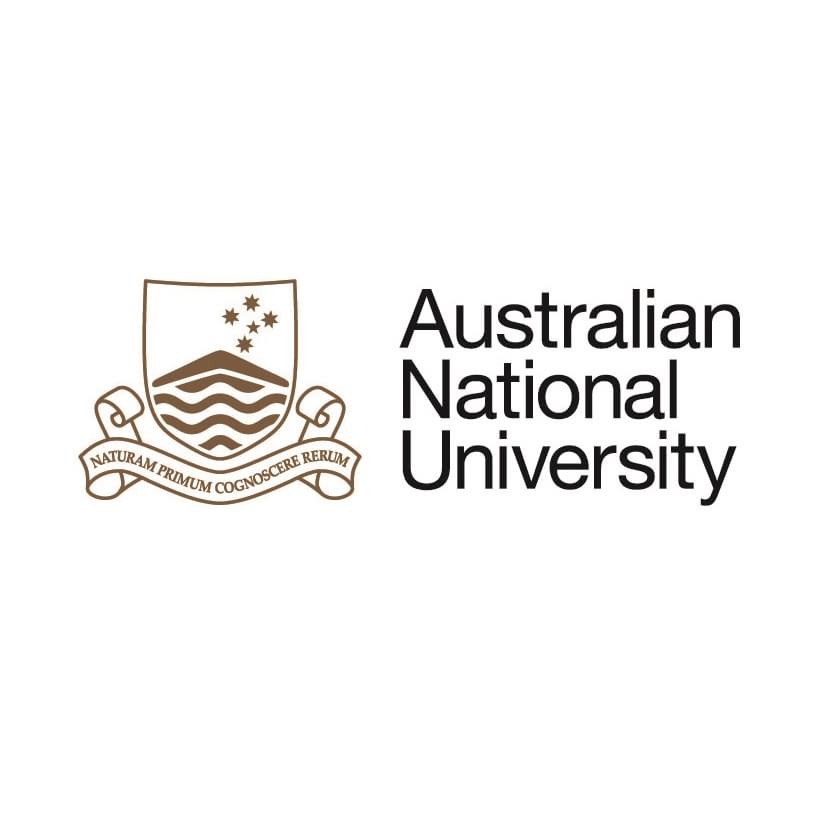Full description
Abstract: This nocturnal marsupial and bird focused count data package comprises transect-based spotlighting surveys conducted between 2013 and 2017 along a 100 m-long transect at each site. The abundance of species observed or heard is recorded, and counts are not undertaken in poor weather (rain, fog, or high wind). Each site is spotlit for 20 minutes per 100 m transect. Spotlight surveys commenced in 2003, were conducted annually until 2007, and have been continued biennially since. Opportunistic records of the presence of amphibians, reptiles, other mammals, and a crustacean are included. The Jervis Bay Plot Network was established in 2002 in Booderee National Park in the Jervis Bay Territory, south-eastern Australia. The study location is a floristically diverse area in which fire history has been well-documented over several decades. The plot network’s objectives involve quantifying the inter-relationships between natural disturbance and/or management intervention (including weed and feral animal control and prescribed burning) and the reciprocal changes in vegetation condition and biodiversity response. This particular study forms part of the collection of data packages from the Jervis Bay Plot Network. A synopsis of related data packages which have been collected as part of the Jervis Bay Plot Network’s full program is provided at https://doi.org/10.25911/5c3c070a5ee94. Sampling method: Since March 2007, surveying has taken place at a total of 130 sites. These include the original 110 permanent sites in the study at Booderee National Park, as first delineated in 2002, using two stratifying variables: (1) broad vegetation type (heathland, forest, woodland, etc.); and (2) past fire history – classified into four classes of time since the last fire (0-10 years, 11-20 years, 21-30 years and >30 years). Also included since March 2007 are 20 extra sites, set up as part of the “Bitou experiment”. Study extent: Each site is surveyed on a different night by a different observer to reduce night effects on detection and reduce problems with observer differences. Most fauna species names in the data are the currently accepted scientific names (as at January 2018), but some exceptions exist and these are: Cherax sp, Macropod, Microbat spp, and Tyto alba (nomenclatural synonym for Tyto javanica). Likewise, most tree species names (where recorded) in the data are the currently accepted scientific names (again, as at January 2018), but several exceptions exist because either the species is not identified or there is a non-scientific description. Entries where only a genus is recorded include: Acacia sp, Banksia sp, Casuarina sp, Eucalyptus sp, Leptospermum sp, Livistona sp, and Melaleuca sp. Entries where an informal description is recorded include: “Dead banksia serrata”, “Dead Eucalypt”, “Dead Shrub”, “Understorey”, and “vines”. Project funding: Between 2012 and 2018 this project was part of, and funded through the Long Term Ecological Research Network (LTERN) a facility within the Terrestrial Ecosystem Research Network (TERN) and supported by the Australian Government through the National Collaborative Research Infrastructure Strategy.Created: 2018-06-20
Data time period: 2013-02-24 to 2017-07-28
text: Booderee National Park, Jervis Bay Territory, New South Wales, Australia
User Contributed Tags
Login to tag this record with meaningful keywords to make it easier to discover


